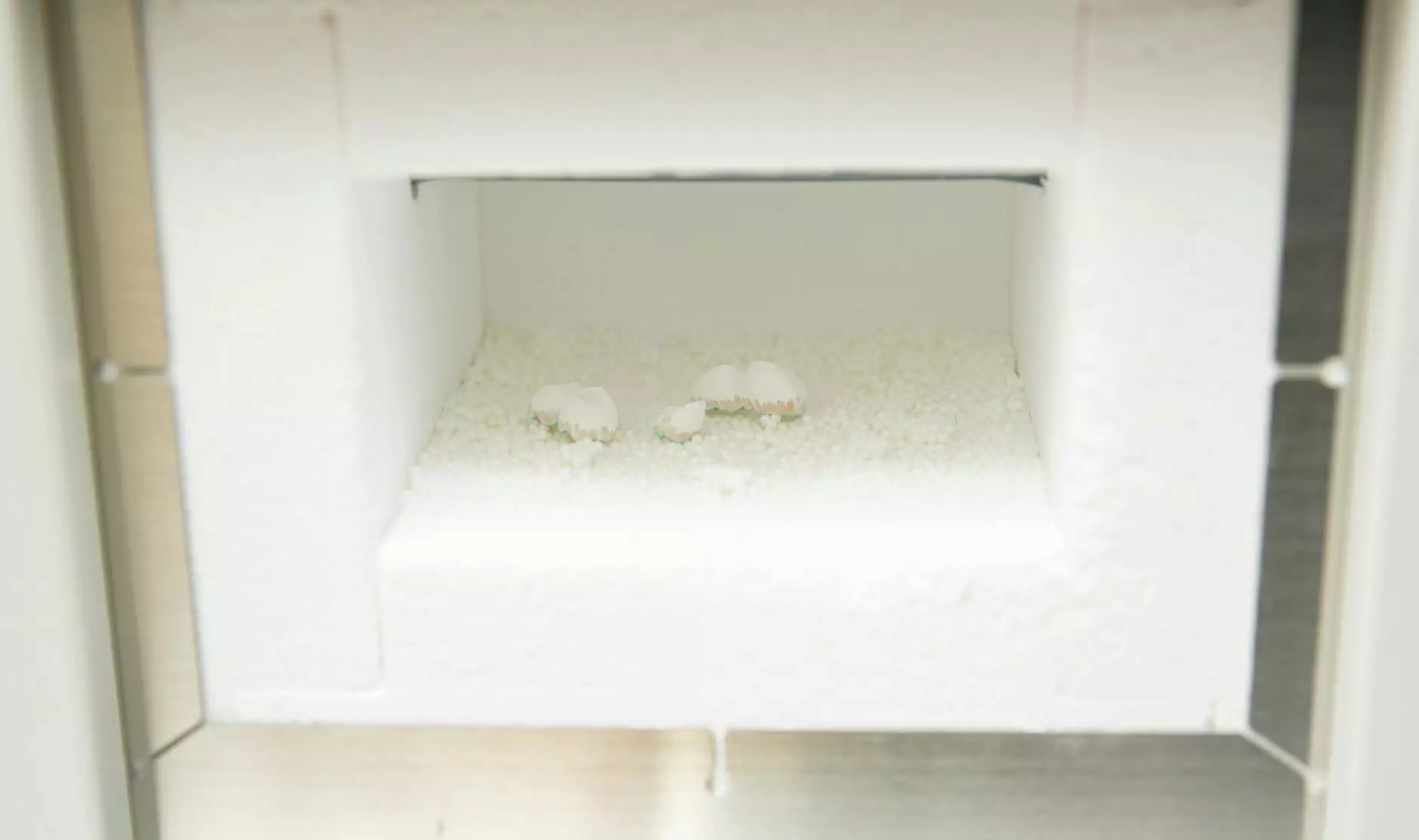Understanding Fibroid Removal: Your Comprehensive Guide

Fibroids, also known as uterine leiomyomas, are benign tumors that develop within the muscular wall of the uterus. They are a common condition affecting women, particularly during their reproductive years. While many women may not experience symptoms, fibroids can cause significant health issues, prompting the need for fibroid removal. This article aims to provide an in-depth understanding of fibroid removal, including causes, symptoms, diagnosis, treatment options, and recovery.
What Are Uterine Fibroids?
Uterine fibroids are made up of muscle and fibrous tissue and can vary drastically in size, from the size of a pea to that of a cantaloupe. Some might be singular, while others form in clusters, leading to multiple fibroids within the uterus. Their development can result from a combination of genetic, hormonal, and environmental factors.
Common Symptoms of Fibroids
Many women with fibroids do not experience any symptoms. However, when symptoms do occur, they can include:
- Heavy Menstrual Bleeding: Women may experience prolonged periods, with excessive flow.
- Pelvic Pain: This can vary from mild discomfort to severe pain, affecting daily activities.
- Urinary Frequency: Larger fibroids can exert pressure on the bladder, leading to frequent urination.
- Constipation: Fibroids can press on the intestines, affecting bowel habits.
- Backache or Leg Pain: Displacement of surrounding tissues and organs may lead to discomfort in these areas.
Causes of Uterine Fibroids
The exact cause of uterine fibroids remains uncertain; however, several factors contribute to their development:
- Hormonal Influences: Estrogen and progesterone, hormones that regulate the menstrual cycle, promote fibroid growth.
- Genetic Predisposition: Women with a family history of fibroids are more likely to develop them.
- Environmental Factors: Obesity, diet, and lifestyle choices can influence hormone levels and fibroid formation.
Diagnosis of Fibroids
If you experience symptoms that may suggest the presence of fibroids, it's crucial to consult a healthcare provider. The diagnosis typically involves:
- Pelvic Exam: A physical examination to check for abnormalities in the uterus.
- Ultrasound: A common imaging technique that uses sound waves to create an image of the uterus.
- Magnetic Resonance Imaging (MRI): This provides a more detailed view of fibroids, helping to plan treatment.
- Hysteroscopy: In some cases, a camera may be inserted into the uterus to provide a direct view.
Treatment Options for Fibroid Removal
When fibroids cause significant symptoms or complications, fibroid removal may be necessary. There are various treatment options available, which can be categorized into non-invasive, minimally invasive, and surgical procedures:
1. Non-Invasive Treatments
These treatments are typically recommended for patients who wish to avoid surgery:
- Medications: Antigonadotropin therapies can help manage symptoms by regulating hormones.
- Gonadotropin-Releasing Hormone (GnRH) Agonists: These medications can shrink fibroids temporarily.
2. Minimally Invasive Treatments
Minimally invasive options involve less recovery time and fewer complications:
- Uterine Artery Embolization (UAE): A procedure that cuts off blood supply to the fibroids, causing them to shrink.
- Myolysis: This technique uses lasers or electro-surgery to destroy fibroids.
3. Surgical Options
When other treatments are ineffective, surgical options may be necessary:
- Myomectomy: This surgery removes fibroids while preserving the uterus.
- Hysterectomy: In more severe cases, a hysterectomy may be performed, removing the entire uterus. This is a definitive solution if childbearing is not a concern.
Choosing the Right Fibroid Removal Option
Choosing the appropriate treatment for fibroid removal involves a comprehensive discussion between the patient and an experienced healthcare provider. Important considerations include:
- Severity of Symptoms: The extent of pain and other symptoms can influence treatment choices.
- Future Pregnancy Plans: Preserving the uterus is crucial for women who wish to conceive.
- Overall Health: Individual health factors may limit certain treatment options.
What to Expect Before and After Fibroid Removal
Before undergoing any procedure for fibroid removal, patients will typically have pre-operative appointments to assess their health and discuss surgical risks. Post-operative care is equally important, and an understanding of what to expect can ease concerns:
Before the Procedure
- Pre-operative Tests: Blood tests and imaging studies are common to prepare.
- Discussion of Anesthesia: Patients will discuss anesthesia options based on their comfort levels.
- Prepare for Recovery: Arrange for post-surgery assistance at home.
After the Procedure
Recovery after fibroid removal varies based on the type of surgery:
- Myomectomy: Expect some time off work for recovery, usually a few weeks.
- Hysterectomy: Recovery can take several weeks, and patients should avoid lifting and strenuous activities.
The Role of Experts in Fibroid Removal
Partnering with experienced healthcare providers, such as those at drseckin.com, is crucial for optimal outcomes. Specialists can offer comprehensive assessments, discuss all potential treatment options, and guide patients through every step of the fibroid removal process.
Conclusion
Fibroid removal is a critical consideration for many women experiencing debilitating symptoms caused by uterine fibroids. By understanding the nature of these conditions, treatment options, and recovery expectations, patients are better equipped to make informed health decisions. Comprehensive care, like that offered by Dr. Seckin, can lead to successful outcomes and improved quality of life for those affected. Remember, early diagnosis and treatment are essential in managing your health effectively.









